Why Spain is a great place for kids
Choosing the city that's right for you
Choosing the visa that's right for you
More than just great weather
Why Spain provides a better quality of life
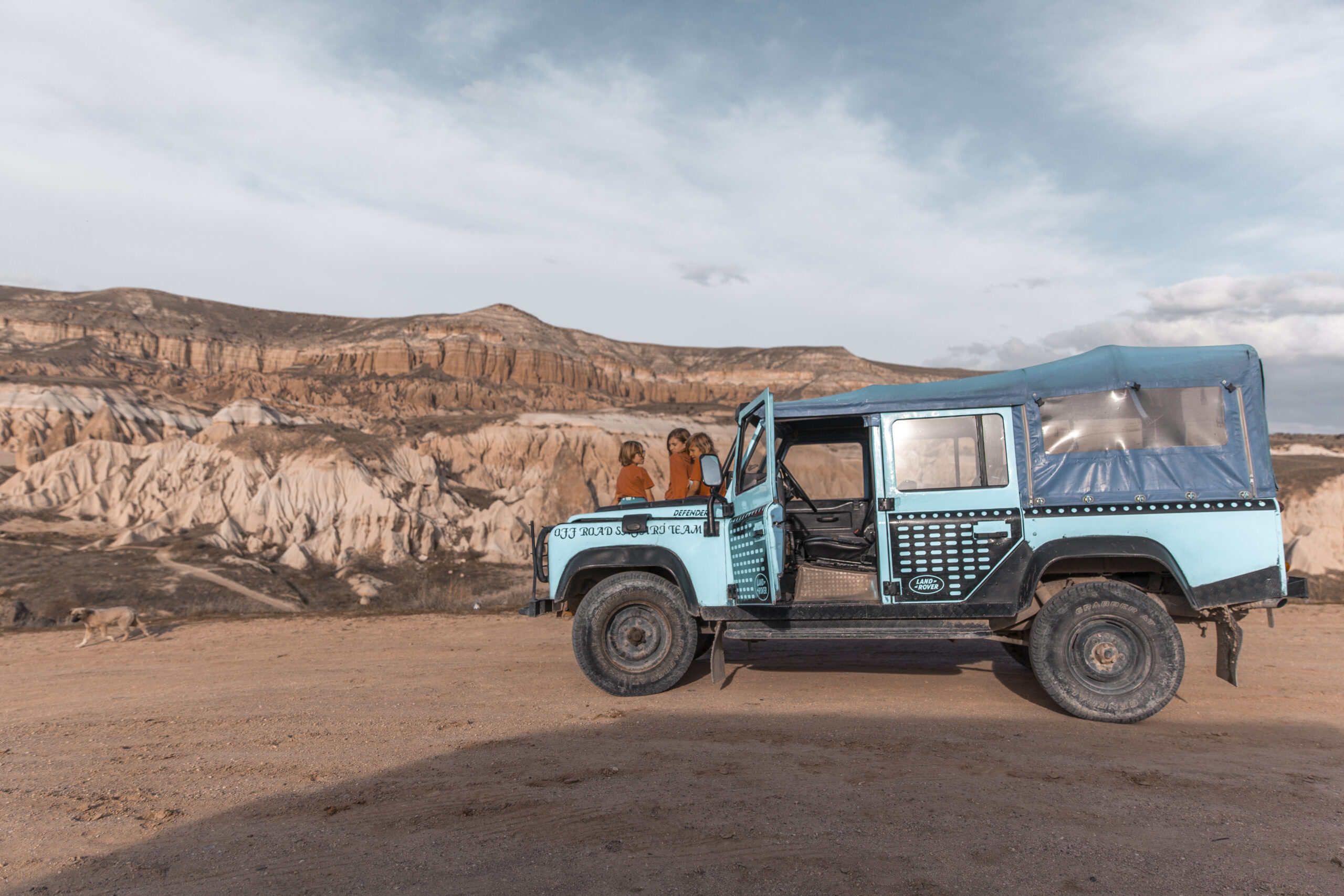
How we Plan
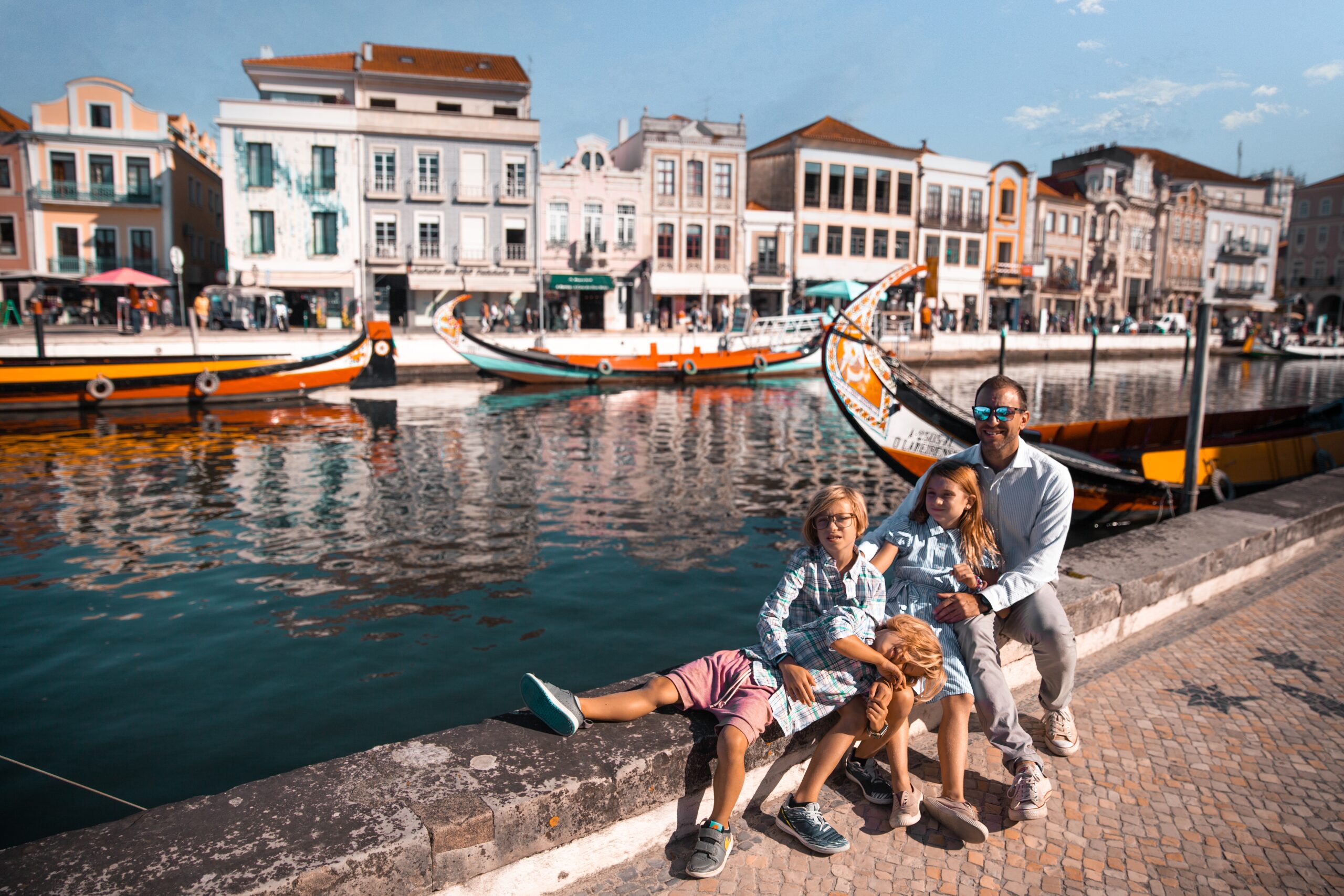
What we pack
Choosing Travel Insurance
Book Your Hotel
with Booking.com
Book Your Car
with RentalCars.com
Book Your Flight
with Skyscanner.com
Book Your Tour
with GetYourGuide.com
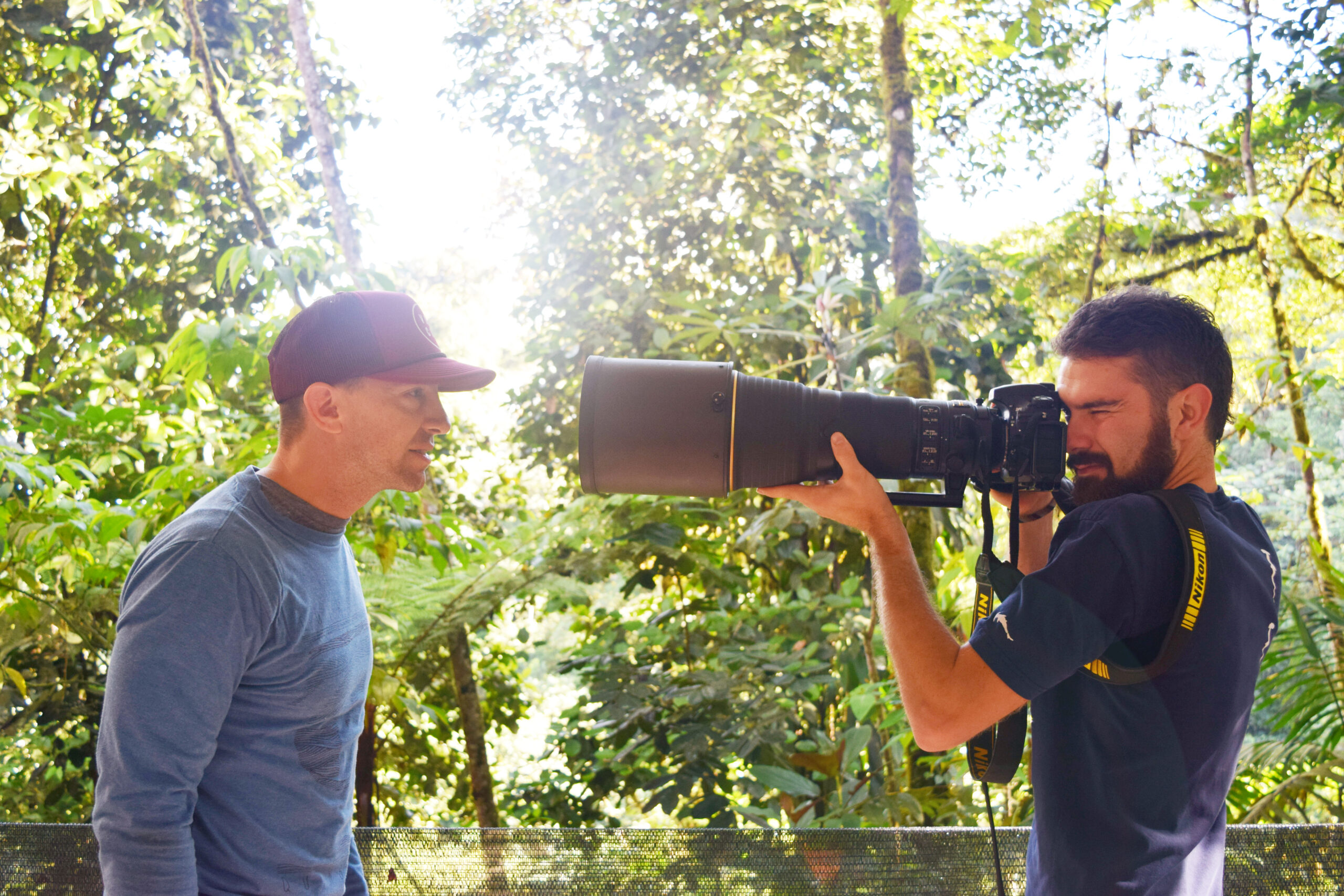
Our Camera Gear
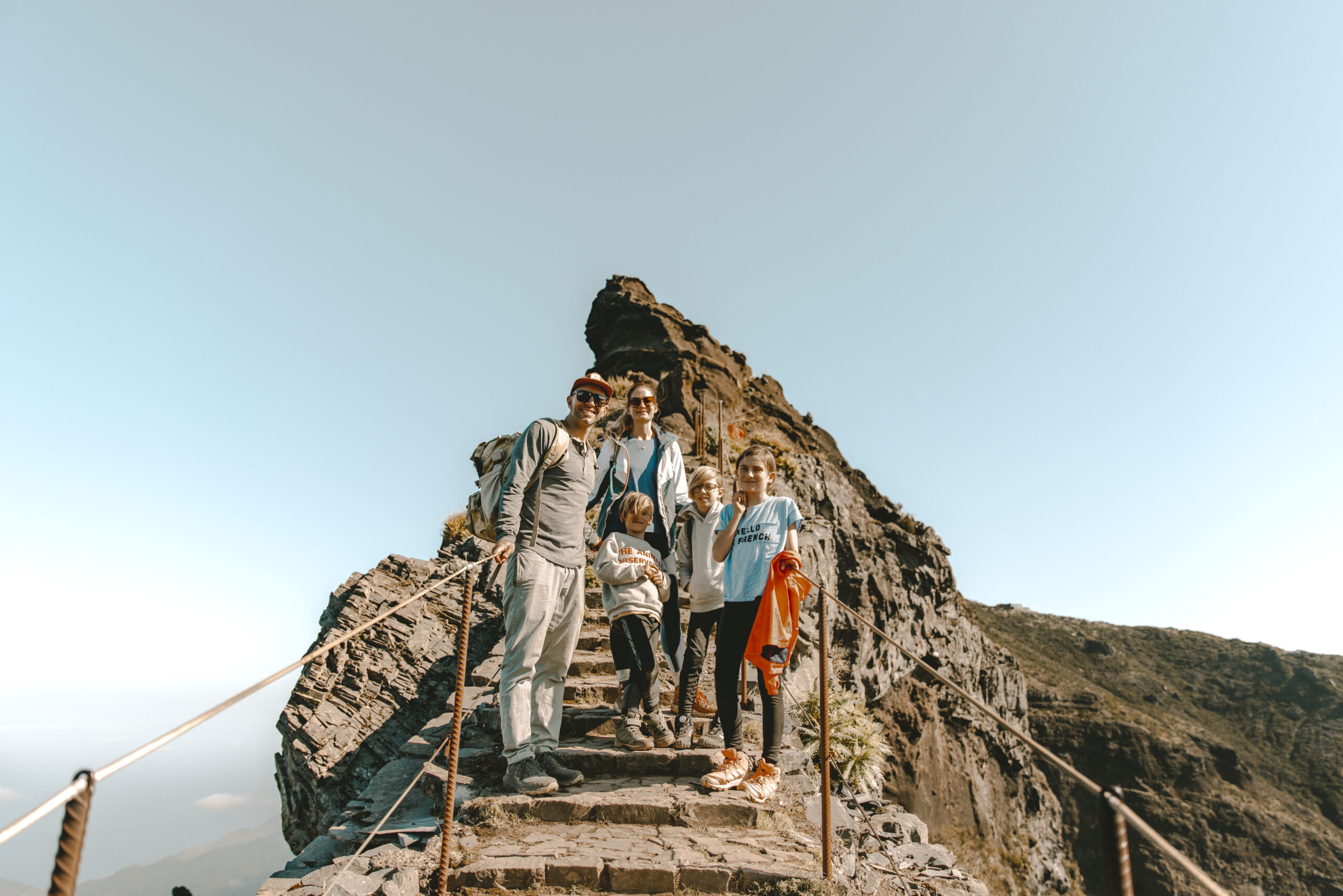
How We Fly
Choosing Your Destination
Guide to...
Costa Rica
Embark on a tropical escapade in Costa Rica, where lush rainforests, pristine beaches, and diverse wildlife offer endless opportunities for adventure, relaxation, and immersion in the pura vida way of life.
Map
Weather
Itineraries
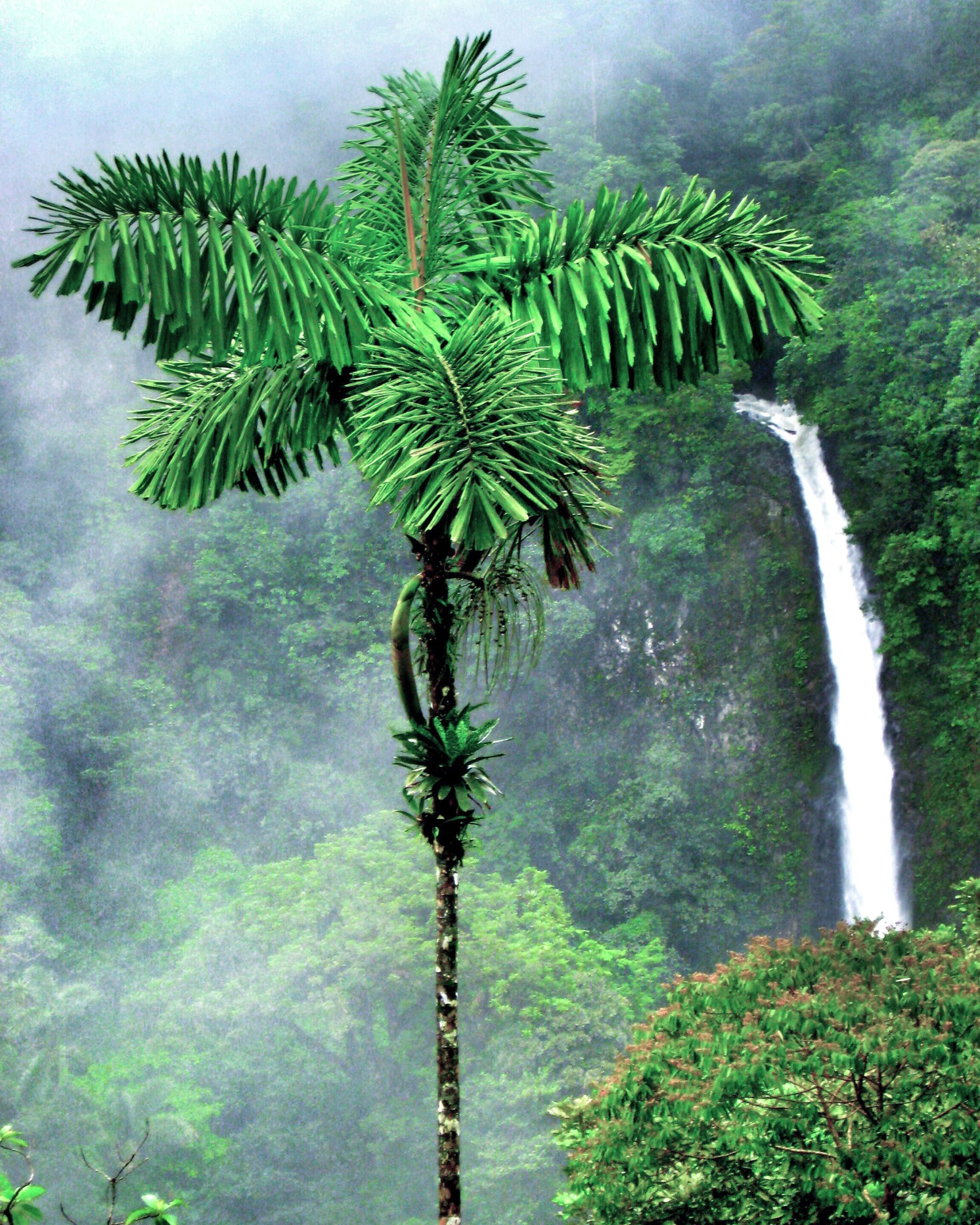
Coming Soon...
FAQ's
What are the main things to do with kids in Costa Rica?
Costa Rica is a fantastic playground for kids, offering a mix of adventure, wildlife, and beaches. Here are some top activities for families:
Visit Arenal Volcano: Explore the trails and enjoy the hot springs. The area is exciting yet accessible for children of all ages.
Monteverde Cloud Forest: Walk through the canopy on suspension bridges. It’s a magical experience that feels like floating among the clouds.
Tortuguero National Park: Take guided boat tours to spot wildlife like monkeys, birds, and possibly even a sloth.
Beach Time: Hit the beautiful beaches of Manuel Antonio or Tamarindo for sunbathing, swimming, and sandcastle-building.
Wildlife Watching: Visit one of the many wildlife sanctuaries or rescue centers, like the Jaguar Rescue Center in Puerto Viejo, where kids can learn about conservation efforts.
These activities are not only fun but also educational, offering kids insights into nature and wildlife conservation.
What is Costa Rica famous for?
Costa Rica is famous for several captivating features:
Biodiversity: It’s one of the most biodiverse countries in the world, home to a wide range of flora and fauna, despite covering only 0.03% of the earth’s surface.
Eco-Tourism: Costa Rica is a leader in eco-tourism, promoting sustainable travel and extensive national parks.
Beaches: With coastlines on the Caribbean and Pacific, Costa Rica boasts stunning beaches that attract surfers, sunbathers, and nature lovers.
Adventure Sports: The varied landscape is perfect for adventure sports, including zip-lining, white-water rafting, and scuba diving.
Coffee: Known for its high-quality coffee, Costa Rica’s rich volcanic soil and ideal climate contribute to its reputation as a top coffee producer.
Pura Vida Lifestyle: The phrase ‘Pura Vida’ or ‘pure life’ embodies the relaxed, stress-free lifestyle that is central to Costa Rican culture.
These elements make Costa Rica a unique and popular destination for travelers from around the world.
What power plug type does Costa Rica use?
Brazil uses two main types of power plugs and sockets:
1. Type N plug
This is the most common plug type used in Brazil. It has two flat parallel prongs. This plug type is also used in several other South American countries.
2. Type C plug
This plug type has two round prongs. It’s also found in Brazil, though less commonly than the Type N.
The standard voltage in Brazil is 127V or 220V (depending on the region), with a frequency of 60Hz.
If you are traveling to Brazil from a country that uses different plug types, like the Type A (flat parallel prongs) or Type B (same as A but grounded) used in the United States, you will need a plug adapter to be able to use your electrical devices.
Additionally, if your device is not compatible with the 127V/220V voltage used in Brazil, you may also require a voltage converter or transformer to avoid damaging your electronics.
It’s always a good idea to check the voltage requirements of your devices and carry the necessary plug adapters and converters when traveling to Brazil to ensure compatibility with the local electrical systems.
Is Costa Rica safe?
Costa Rica is generally considered safe for tourists, but like any popular destination, it’s important to take standard safety precautions. Here are some tips to keep in mind:
Stay Informed: Keep up with local news and travel advisories. Be aware of any specific areas that might be advised against visiting.
Secure Valuables: Use hotel safes for important documents and valuables. Avoid displaying expensive items openly.
Use Reputable Transportation: Opt for official taxis or reputable transportation services, especially when traveling long distances.
Be Cautious with Nature: Costa Rica’s wildlife and natural landscapes are beautiful but can be hazardous. Stick to marked trails and respect wildlife.
Travel Insurance: It’s a good idea to have travel insurance that covers medical emergencies and theft.
By following these guidelines, you can enjoy all that Costa Rica has to offer while staying safe.
What is the best time of year to visit Costa Rica for surfing?
The best time to visit Costa Rica for surfing depends on the coast you’re planning to visit:
Pacific Coast: The prime surfing season runs from May through November. During these months, the southwestern coast gets powerful swells generated by storms in the Southern Pacific Ocean.
Caribbean Coast: The best waves typically appear from November to March, influenced by storms in the North Atlantic. This coast is less predictable but can produce excellent conditions for surfing when it aligns.
Both coasts offer a range of spots suitable for beginners through to advanced surfers. So, choosing your time might also depend on your skill level and the kind of waves you’re looking to catch!
What are the top five must-visit attractions for adventure lovers in Costa Rica?
For adventure lovers, Costa Rica is a paradise. Here are the top five must-visit attractions:
Arenal Volcano National Park: Home to the iconic Arenal Volcano. Here, you can hike through lava fields, soak in natural hot springs, and explore the surrounding rainforest.
Monteverde Cloud Forest Reserve: Offers skywalks and zip-lining through the cloud forest. It’s a thrilling way to experience the high-altitude flora and fauna.
Manuel Antonio National Park: Perfect for wildlife enthusiasts and thrill-seekers. You can kayak, snorkel, and hike through trails that offer stunning ocean views and close encounters with wildlife.
Corcovado National Park: Known for its rich biodiversity, it’s ideal for more rugged adventures like guided jungle treks where you can spot a plethora of wildlife.
Pacuare River: Rated one of the best rivers in the world for white-water rafting. The river cuts through deep canyons and passes by waterfalls, offering an exhilarating experience surrounded by lush rainforest.
Each of these destinations offers a unique blend of excitement and natural beauty, making them perfect for adventure seekers visiting Costa Rica.
What are the best value travel packages for exploring Costa Rica’s rainforests and beaches?
Finding the best value travel packages for exploring Costa Rica’s rainforests and beaches can really enhance your trip. Here are some tips for selecting a great package:
1. Look for Multi-Destination Packages: These often include visits to both the Pacific and Caribbean sides of the country, as well as trips inland to rainforests like Monteverde and national parks like Manuel Antonio. This type of package allows you to experience a wide range of environments.
2. Check Eco-Tour Packages: Eco-tour companies specialize in sustainable travel and usually offer great value. They often include guided tours, which provide in-depth knowledge about the flora, fauna, and conservation efforts.
3. Consider All-Inclusive Resorts: Some resorts offer packages that include meals, accommodation, and activities like hiking or snorkeling. This can be a cost-effective way to manage expenses without sacrificing experience.
4. Compare Seasonal Deals: Prices can vary significantly depending on the season. The rainy season (May to November) often offers lower prices, while the dry season (December to April) is more popular and expensive.
5. Look for Group Discounts: If you’re traveling with a group or family, look for packages that offer group discounts. These can significantly lower the cost per person.
Always check the details of what’s included in your package to ensure it meets your needs and gives you the best experience of Costa Rica’s unique landscapes.
What are the current entry requirements for travelers visiting Costa Rica?
As of my last update, here are the general entry requirements for travelers visiting Costa Rica:
-
Travel Documents: All travelers must have a valid passport. The passport should be valid for at least six months beyond the date of entry.
-
Visas: Many countries, including the United States, Canada, and most European nations, do not need a visa for stays of up to 90 days. However, it’s important to check the specific requirements for your country before traveling.
-
COVID-19 Requirements: Costa Rica has lifted all COVID-19 entry requirements, including proof of vaccination and testing. No health pass is required for entry.
-
Travel Insurance: While not mandatory, it’s highly recommended to have travel insurance that covers medical expenses and unexpected trip cancellations or interruptions.
-
Return Ticket: Travelers may be asked to show proof of onward or return travel.
These requirements can change, so it’s always a good idea to check with the official Costa Rican tourism website or contact the nearest Costa Rican embassy or consulate before your trip.

